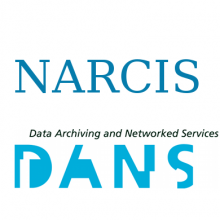Resource information
Changes to land use such as the removal of natural vegetation and expansion of urban areas can result in degradation of the landscape and an increase in hydro-meteorological risk. This has led to higher interest by decision-makers and scientists in the future consequences of these drivers. Scenario development can be a useful tool for addressing the high uncertainty regarding modeling future land use changes. Scenarios are not exact forecasts, but images of plausible futures. When studying future land dynamics, emphasis should be given to areas experiencing high rates of socioeconomic change. We have focused on the eastern Italian Alps, which face increasing pressure from tourism development. Identified drivers of local land use change are mostly external and difficult to quantify. This area, characterized by a traditional Alpine landscape, is subject to high levels of hydro-meteorological risk, another reason to study potential future land use changes. We tested a scenario generation method based on existing decisions and assumptions about future tourism development. We aimed to develop a framework leading to plausible scenarios that can overcome data inaccessibility and address external drivers. We combined qualitative methods, such as stakeholder interviews and cognitive mapping, with geospatial methods, such as geographic information systems, geostatistics, and environmental modeling. We involved stakeholders from the beginning to support the steps of generating data, understanding the system of land use change, and developing a land use change model for scenario development. In this way, we generated spatio-temporal scenarios that can assist future spatial planning and improve preparedness for possible undesirable development.


